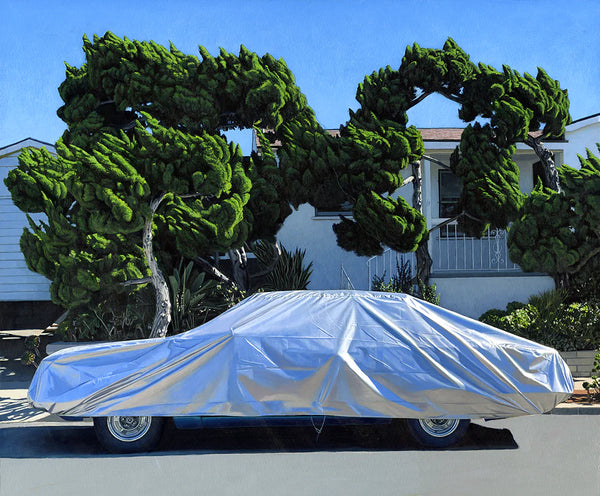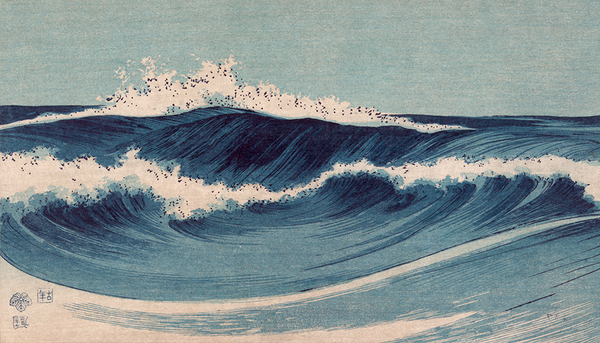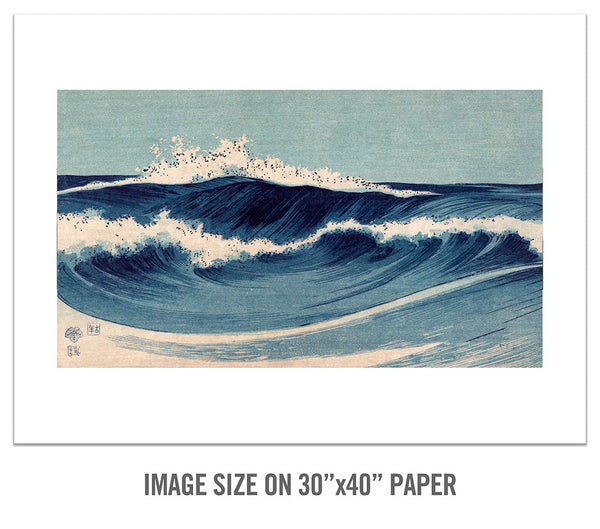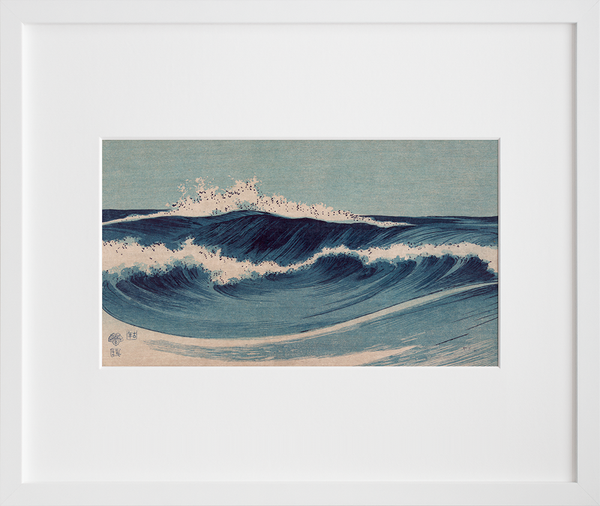This store requires javascript to be enabled for some features to work correctly.
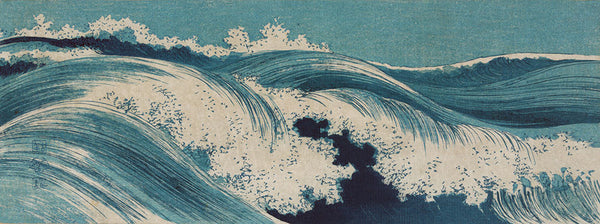
Uehara Konen
Uehara Konen was born in 1878 in Asakusa, Tokyo, just as Japan was transforming from an isolated feudal society to the modern, Westernized Japan that we know today. The Meiji Era, as this period is known, ultimately caused a steady disappearance of the woodblock print. Konen continued to create woodblocks despite the rapid changes around him, albeit in the mōrō-tai (modernist style) popular from 1899 to 1909. Part of the “Sumida River School” (Blue River School), Konen was inspired by Western styles of painting, and you can see the influence in the colors, photographic perspective, and experimental nature of his work.
In 1907, Konen became the secretary of the Kokuga Gyokuseikai (National Painting Cultivation Society), which supported a modern school of painting in Japan. Konen also served in the Imperial Household, the Foreign Ministry, and as a juror for the Tokyo Metropolitan. He died on May 24th, 1940 in Tokyo.
Join our mailing list for 15% off
Sign up for our newsletter to get first access to new editions, catch the freshest commentary + features, and snag a special discount.


